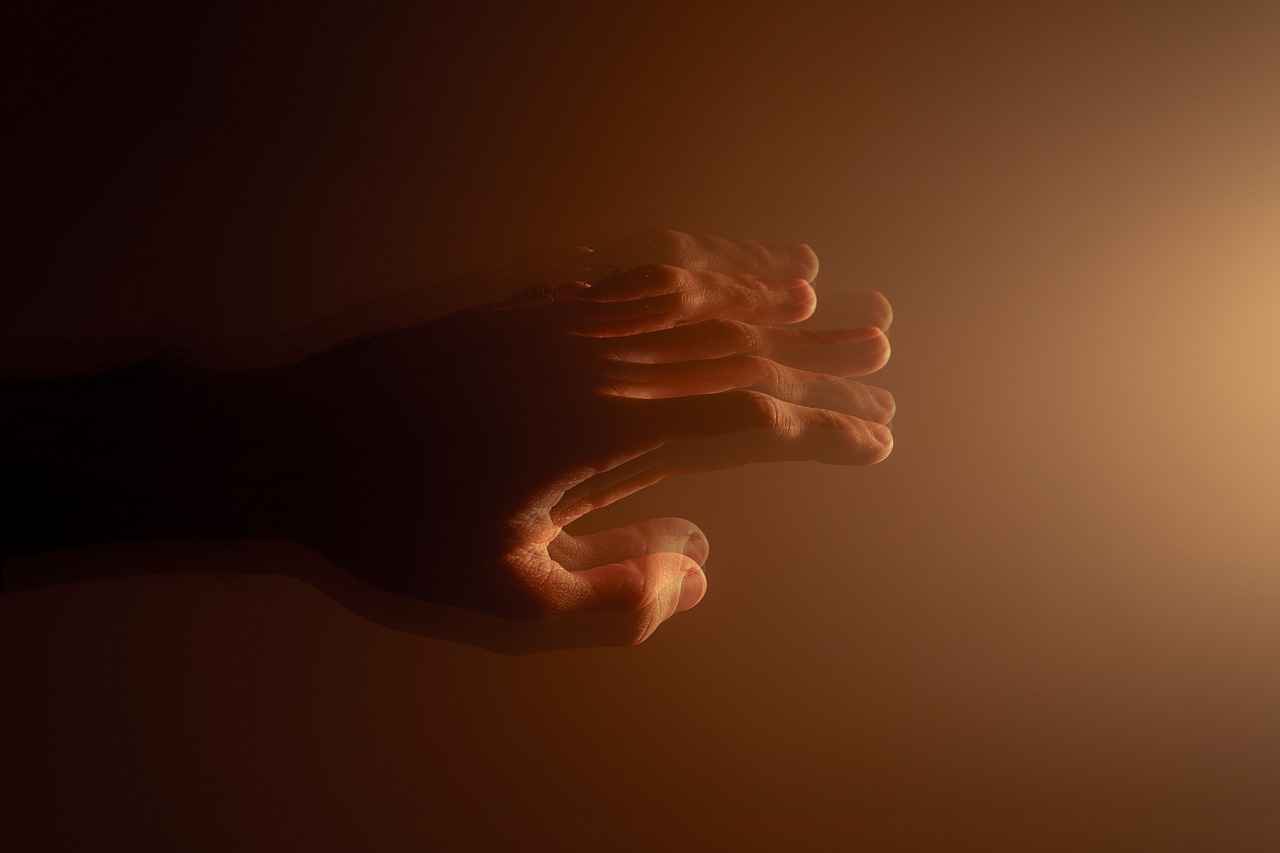Friends, some elderly people are bent when they walk. Let’s go very slowly. While walking, the feet are not getting up completely, they are walking on the ground. Even more strange that their arms are straight, they are not moving, no movement. All these symptoms Parkinson’s disease Are of Yes, Parkinson disease which is mostly after the age of 60 to the elderly. Had it been there, the middle class age is also there but very little. It is a mental disorder connected to the nervous system. When the nerve cells present in the brain are damaged, the production of dopamine chemical decreases. This deficiency of dopamine causes Parkinson’s disease. As a result, brain activities do not control. After all, what is this Parkinson disease. Friends, this is our Today’s topic “What is Parkinson’s disease”?
Desi Health Club will give you detailed information about Parkinson’s disease through this article and will also tell what its treatment is. So, first of all know what Parkinson’s disease is and age group and affected person. Then, after this, we will give information on the remaining points.
What is Parkinson’s disease? – What is Parkinson’s Disease?
Friends, Parkinson is a medical condition associated with a particular part of the brain. It is a progressive disease of the nervous system in the brain that affects activity. The development of this disease is very slowly and it is known when the intensity of symptoms increases when several weeks or months have passed. The disease starts with the vibration of one hand and the facial expressions are reduced or eliminated. This disease is directly related to the degeneration of the brain’s basal ganglia and deficiency of neurotransmitter dopamine.
Shivering, muscle stiffness, slow and uncertain speed, bending while walking, not having an arms movement i.e. being straight, slow and unclear sounds are the main symptoms of this disease. This disease occurs in the middle age group and old age group. If we talk about data, then more than 10 lakh cases are reported in India every year. Although the symptoms of this disease can be managed by treatment, there is no accurate treatment for it. This disease can live for many years or all life. After Alzheimer’s disease, Parkinson’s disease is considered the second most common disease of the central nervous system.
Also read- What is Spider Vance?
Age Group and Affected Person – Age Group and Affected Individuals
Friends, Parkinson’s disease is seen in children in very rare cases. The description of age group and affected patients is as follows –
1. Between 40 years to 64 years – about 1 person out of 250 persons.
2. Between 65 years to 79 years – about 1 person out of 100 persons.
3. Out of 80 years of age – about 1 person out of 10 persons.
Causes of Parkinson’s disease – Causes of Parkinson’s Disease
The accurate and certified causes of Parkinson’s disease are unknown but according to estimates it can be the following reasons –
1. The main cause of Parkinson’s disease is the lack of chemicals called dopamine in the brain. This helps in transmission of signals in the brain and other important areas, acting as a messenger. Explanation about this is as follows –
(i) Let us make it clear here that neurons present in the brain form dopamine. When the nerve cells in Basal Ganglia begin to decrease, that is, their damage starts to be destroyed, then in that case the production of dopamine starts decreasing. In this condition, symptoms of Parkinson’s disease begin to emerge.
(ii) Here we make it more clear that basal ganglia is a group of brain structures whose work is to handle complex procedures and control body activities. Not only this, basal ganglia also plays his active role in learning, emotional processings and other works.
2. Dr. Kapil Singhal, a neurologist at Fortis Hospital, consider pesticides caused by Parkinson’s disease that is used to protect them from insects to grow fruits and vegetables. According to Dr. Kapil Singhal, due to these pesticides, one to two percent of the people are hit by Parkinson’s disease after the age of 60.
Risk factor of Parkinson disease – Risk Factors for Parkinson’s Disease
The following factors can increase the possibility of Parkinson’s disease –
1. Penis – Parkinson is more likely to have more than women.
2. Age – Individuals aged 60 and above are more likely to get this disease.
3. heredity – If someone in the family has this disease, then other members are also likely to happen.
4. Contact with chemicals – There are some tasks in which different types of chemicals have to be exposed to pant making factory, chemical factory, farming, building construction etc.
5. Serious head injury.
6. Reaction to some drugs.
Symptoms of Parkinson disease – Symptoms of Parkinson’s Disease
The following symptoms of Parkinson’s disease can be seen –
- In the fingers of the hand. Or vibration in the wrist or on the whole side.
- Can’t stay straight when standing or walking. Tilt forward. Reduction in speed of speed, small steps. The legs are slightly turned on the ground, walking on the ground, knee and elbow.
- Could not move the arms moving while walking.
- Low blink of eyelids. Width in the eyes.
- Wide voice, speaking slowly.
- Not being able to balance the body.
- Monthiness and hallucinations.
- Difficulty with food swallowing.
- Reduction in smelling ability.
- Losing weight.
- Complaint of constipation.
- breathlessness.
- Weakness, dizziness.
- Darkness in the eyes while standing.
- Pain in joints.
- Not interested in sex. Decreased work force and workingness.
Also read- What is diabetic ketooseidosis?
Diagnosis of Parkinson disease – Diagnosis of Parkinson’s Disease
Friends, no special test is prescribed for the diagnosis of Parkinson. Some physical and mental tests are done from time to time to monitor mental work changes, coordination etc. Doctors can get the following tests done to check for checking the medical conditions that can be caused by Parkinson –
1. Blood Tests- Blood tests can be done to know alternative causes of Parkinsmom such as multiple system atrophy or corticobal degeneration.
2. Datscan- Through this imaging test, the level of dopamine in the brain is detected. On the basis of its lack, doctors confirm Parkinson’s.
3. Genetic Testing- In the event of Parkinsnism’s family history, this test can make it aware of the main cause of Parkinson’s.
4. MRI (MRI)- Through this test, the brain tumors, normal pressure hydrocephals, or vascular Parkinsom etc. are detected.
Treatment of Parkinson disease – Treatment of Parkinson’s Disease
Friends, no proper treatment of Parkinson’s disease is available. But its symptoms can be managed through medicines and various types of therapy. Surgery may be required in very rare cases.
1. Medicines- The following drugs can be given in Parkinson’s disease –
(i) Carbidopa-Lavodopa- These medicines control the shiver. They are considered the most effective in the treatment of Parkinson’s disease. Carbidopa is taken with Levodopa. Carbidopa prevents the breakdown of Levodopa, causing a large amount of levodopa to enter the brain. Levodopa is a natural chemical. This drug reaches the brain and turns into dopamine. Nausea, vomiting, dizziness etc. can be its side effects.
(ii) Dopamine Agonists – This drug is not as effective as Levodopa but its effect lasts for a long time. Levodopa can be given to dopamine agonists with Levodopa to prevent more effects. Side effects like nausea, vomiting, dizziness may also include hallucinations, swelling, repeated behaviors.
(iii) MAO-B inhibitors- This drug plays its role in preventing the loss of dopamine in the brain by becoming an obstacle in the brain enzyme called Monowman Oxidage B (Mao-B). It divides dopamine into small parts. Nausea or headache is the side effects of this medicine.
Also read- Hysteria home remedy
(iv) Catecol O-Methystronte (COMT) Inhibitors (COMT) Inhibitors- This drug also disrupts the enzyme that breaks dopamine and helps to increase the effects of Levodopa. The possibilities of involuntary activities may be included in its side effects.
(v) Anticholinergics – Although these drugs have been used for many years to control vibration, they have no effect in memory, hallucinations, constipation, urinary problems etc.
(vi) amantadine – This drug can be given to provide relief in the early stage of Parkinson’s disease. It can also be given with Levodopa. Purple colored spots, ankle swelling, hallucinations etc. on the skin can be its side effects.
2. Surgery- In the treatment of Parkinson, surgery is performed in cases where the disease has reached the high stage and the given medicines do not feel relaxed. There are three types of surgery in the treatment of Parkinson’s. Details are as follows –
(i) Pallidotomy- The part of the brain called globus pallidus is responsible for making the patient’s movements very rigid. It is destroyed after surgery.
(ii) thalamotomy- A part of the brain called thalamus, one part of it is destroyed by surgery. This part is considered to be the cause of shivering.
(iii) Deep brain stimulation- This surgery is to transplant electrodes in special selected areas of the brain. For this, a device is inserted in the chest. A wire moves under the skin to connect the device to the ‘lead’ in the brain.
3. Therapy- Physio therapy, cognitive therapy, behavior therapy, speech therapy etc. can be resorted to.
Conclusion –
Friends, in today’s article, what do we have Parkinson’s disease? Gave detailed information about. What is Parkinson’s age ?, Age and affected person, due to Parkinson’s disease, risk factor of Parkinson’s disease, symptoms of Parkinson’s disease and diagnosis of Parkinson’s disease, also explained all these in detail. Desi Health Club also described the treatment of Parkinson’s disease through this article. Hope you like this article.
Friends, if you have any doubt related to this article, there is any question, then at the end of the article, in the comment box, please tell by commenting so that we can solve your doubt and answer your question. And also tell me how you liked this article. You should also share this post with your friends and relatives so that everyone can take advantage of it. Friends, you must send your comments, suggestions, opinions so that our morale can increase. And we keep bringing such health-related topic to you. Thank you.
Disclaimer – This article is only information. Blogger/writer is not responsible for any kind of loss. Please consult a doctor/specialist.
Post views: 325
Summary


Article name
What is Parkinson’s disease?
Description
Friends, in today’s article, what do we have Parkinson’s disease? Gave detailed information about. What is Parkinson’s age ?, Age and affected person, due to Parkinson’s disease, risk factor of Parkinson’s disease, symptoms of Parkinson’s disease and diagnosis of Parkinson’s disease, also explained all these in detail.
Author
Shiv kumar kardam
Publisher name
Desi health club
Publisher logo


(Tagstotranslate) What is Parkinson’s Disease (T) What is Parkinson’s Disease in Hindi ? (T) Why is Parkinson’s disease? (T) Parkinson’s disease exercise (T) What are Parkinson’s in Hindi? (T) What are the four major symptoms of Parkinson’s disease (T) What are the four main symptoms of Parkinson’s disease?

Leave a Reply